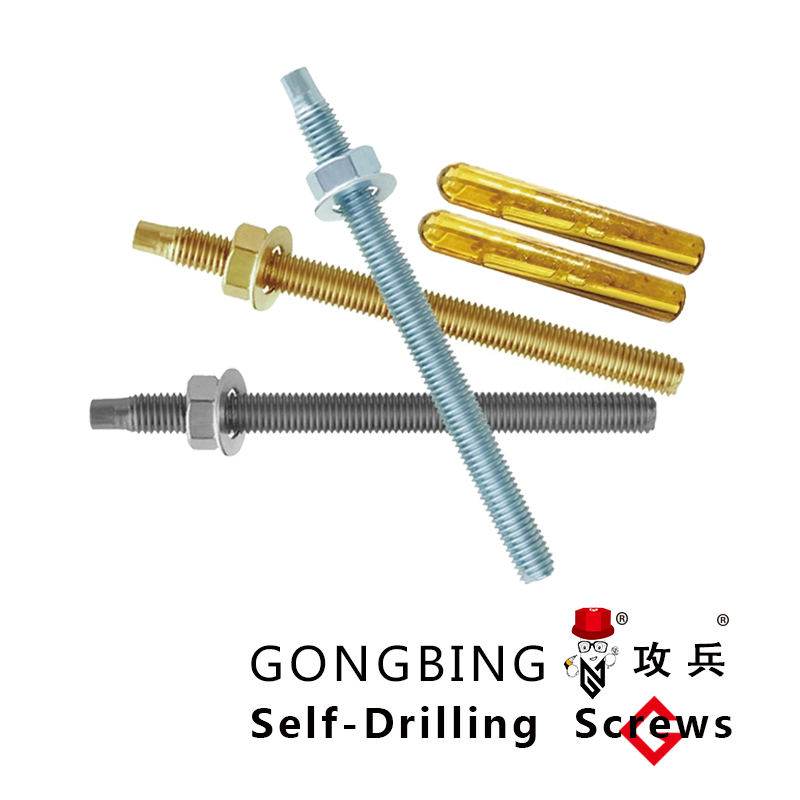types of bracing in steel structures
Types of Bracing in Steel Structures
Bracing is an essential component of structural engineering, particularly in steel structures, providing stability and strength against lateral forces like wind and seismic activities. The method of bracing used in construction depends on various factors, including the building's design, height, and intended use. This article explores the primary types of bracing used in steel structures and their applications.
1. Diagonal Bracing
Diagonal bracing is one of the most common types used in steel frames. It consists of steel members arranged diagonally between the vertical and horizontal members of a frame. The primary function of diagonal bracing is to transfer lateral loads to the foundation through tension and compression forces. This method enhances the stiffness of the structure, effectively reducing sway during high winds or seismic events. Diagonal bracing can be constructed in various configurations, including X-bracing and V-bracing, depending on the design requirements.
2. Cross Bracing
Cross bracing is a variation of diagonal bracing where two diagonal members form an X shape across frames. This configuration is particularly efficient in resisting lateral loads due to its ability to distribute these loads evenly across the frame. Cross bracing is prevalent in tall buildings and bridges, where the risk of lateral displacement is significant. While cross bracing is effective, it requires careful consideration of space, as it can obstruct interior layouts.
3. K-Bracing
K-bracing features two diagonal members connected to a vertical member at a single point, forming a K shape. This type of bracing is advantageous in reducing the overall weight of the structure since it requires fewer materials compared to other bracing methods. K-bracing effectively resists lateral loads while allowing for open spaces within the building, making it a popular choice for commercial buildings and warehouses.
types of bracing in steel structures

4. Chevron Bracing
Chevron bracing, similar to cross bracing, uses diagonal members to provide stability but is oriented in a way that resembles a “V. This configuration channels the forces more efficiently, allowing the structure to better handle tension and compression from lateral loads. Chevron bracing is commonly used in steel frames but can be less effective inverting tension and compression when load-bearing elements are not well aligned.
5. Moment-Resisting Frames
While not a type of bracing in the traditional sense, moment-resisting frames (MRFs) utilize rigid connections between beams and columns to resist lateral forces. This method allows the entire frame to behave as a single unit, redistributing loads throughout the structure. MRFs are particularly effective in high-rise buildings and areas prone to severe weather or seismic activities. Though they offer significant resilience, they can be more costly and complex to design and construct.
6. Braced Frames
Braced frames combine various forms of bracing elements into a cohesive system. This method allows for flexibility in design and can incorporate more than one type of bracing to tailor the structure's performance to specific loading conditions. Braced frames provide robustness against lateral forces, making them suitable for a wide range of applications, from residential buildings to large-scale industrial facilities.
Conclusion
Choosing the appropriate type of bracing in steel structures is pivotal for structural integrity and safety. Each type of bracing offers distinct advantages and considerations, influenced by the building’s design, function, and environmental conditions. Engineers must evaluate these factors meticulously to ensure that structures not only meet aesthetic and functional requirements but also withstand external forces effectively. Understanding the various bracing systems contributes to the creation of safer and more resilient steel structures, paving the way for innovative architectural designs.
-
Weatherproof Plastic Expansion Anchors for OutdoorLabaraiJun.06,2025
-
Sustainability in the Supply Chain: Eco-Friendly TEK Screws ProductionLabaraiJun.06,2025
-
Load-Bearing Capacity of External Insulation FixingsLabaraiJun.06,2025
-
Double Head Bolts: Enhancing Efficiency in Industrial MachineryLabaraiJun.06,2025
-
Corrosion Resistance in Chipboard Screws: Coatings for Wholesale DurabilityLabaraiJun.06,2025
-
Butterfly Toggle Bolts : Enhancing Structural ResilienceLabaraiJun.06,2025
